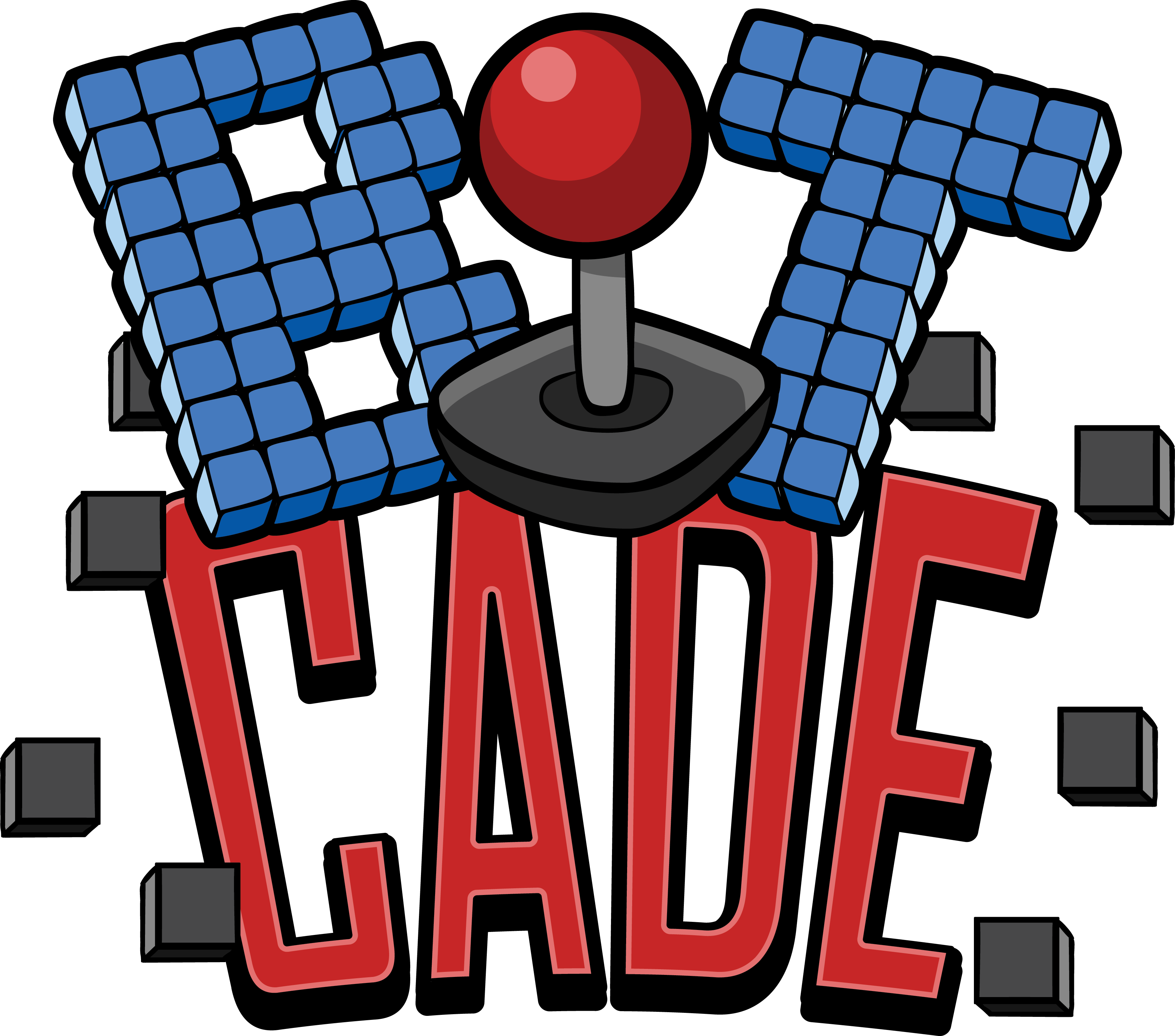
What Happens When Retro Goes Handheld?
Arcade games have a massive footprint, both for the video gaming industry, and quite literally. Standard machines took up a considerable amount of space. Two-player games and racing games with specialised peripherals, even more.
The bulk is mostly due to the hardware the cabinets need to house. Small CRT screens were only for home television units, and even those were massive compared to modern wafer-thin TVs.
But technology has had decades to catch up–and catch up, it has. Today, handheld consoles such as Nintendo’s Switch packs more power than an arcade cabinet. Even no-brand, generic MAME emulators can carry more titles than one could ever fit inside an old arcade parlour.
Having the games library of an entire generation available on devices no bigger than a large smartphone has enhanced the retro gaming experience in new ways.
Frustrated? Take a Breather
Arcade play is transient in nature. Players pay for temporary entry into the game world with a quarter, then move onto the next thing. With the constant pressure of a queue who wanted to have their own shot at the high score, it was necessary. Progression was a thing that was reserved for home consoles and personal computers with the storage for saves.

Source: Stack Exchange
Handheld arcade consoles let players enjoy deeper and longer experiences with retro games by introducing the save function. Pause anytime you want or need to, and jump back in as if you never stopped in the first place. This can be great for notoriously difficult arcade games like Ghosts 'n Goblins or R-Type, or for just finishing your first arcade game. Many of us weren’t ever able to see the credits roll on arcade machines–save files finally give you that satisfaction.
Play Anytime, Anywhere
Gamers today can take their games just about anywhere their consoles go. Even large games like the 230GB behemoth that is Call of Duty: Modern Warfare can be downloaded from the cloud through platforms like Steam or PSN. All you need to do is input your username and password and you’re good to go.
To gamers in the ‘80s and ‘90s, that would have seemed like witchcraft. Pacman fans who had the sudden urge to trounce ghosts at 12 midnight had to wait until the mall opened the next day, or hunt for a 24/7 arcade that may be a town away.
Portable emulators liberate the game from the arcade machine. It’s literally an arcade parlour onto itself, allowing you to bring the classics in your pocket. You can even pull titles from thin air. BitCade's very own Bitboy is WiFi-enabled and can give you access to an even larger games library online.
Multiple Platforms, One Device
As a kid in a video game arcade, you were faced with numerous options, all vying for your attention with neon lights and loud music. There was only one problem: you only had so many coins to rub together. This limited your options to maybe two to three titles before having to call it a day.
Console gaming was also limited, in that relatively less kids had the ability to own–or convince their parents to buy–a console. The NES, one of Nintendo’s best-selling consoles, sold 2.5 million units during its first year. A million PS4 were sold 24 hours after it launched.

Handheld emulators let you play all the retro games you were never able to try, whether that’s for lack of coin or mum’s approval. The most powerful devices can play games from as early as the beginning of the arcade gaming era on through Sony’s PSP. Emulators can also introduce a new generation of players to niche consoles they would otherwise never get to play. For instance, Bandai’s WonderSwan, which is a handheld device from 1999 that was only sold in Japan.
Old Games, Shiny New Peripherals
Built with modern compatibilities, handheld arcade consoles bring new technology to old titles. Enjoy the beautiful retro art of Street Fighter 2 on your 4K curved TV. Use the same swanky RGB gaming headphones you use for Overwatch for Space Invaders.
You can even ditch the AUX, if you want to. Many units are made with Bluetooth compatibility, so you can wirelessly connect to earphones–or controllers. This gives gamers their choice of controllers, whether they want to go full old retro with gamepads or fight sticks or more modern, third-party controllers.
Play with Friends, Or By Yourself
The Internet lets you play with the entire world. However, nothing captures the essence of multiplayer play better than couch co-op. It’s easy enough to forget the tens of rounds of DOTA you’ve played with mates today, but the memories of brawling through the thug-infested back alleys of Double Dragon with your best mate will remain forever.
Emulators bring back that experience in a compact device that won’t require rearranging your furniture or putting a huge dent in your budget. Most handheld arcade machines come with multiplayer compatibility, whether built-in or through a Bluetooth converter.
Smoother Gameplay
Pixel art is a trademark of retro games. But some titles, especially older ones, can feel more primitive than endearingly quirky.
Today’s graphics processing capabilities have vastly improved. Some handheld emulators can convert fuzzy visuals into smooth, HD quality graphics. While you may want to preserve the retro 16-bit look of games, this feature can do wonders for 5th or 6th generation consoles like the PlayStation.
Retro gaming cabinets are the symbol of arcade gaming–but the appeal of classic games doesn’t need to be confined in them. With a little help from modern tech, gamers can now bring the magic and nostalgia of arcades wherever they go.

